Belleson Brilliance Phono Preamp Lives Up to its name
American designed and manufactured phono preamp with unique features
The initial interest draw here is a supplied Lenovo Tab M8 touchscreen remote, with Belleson’s visually attractive program installed, that lets you set all functionality from where you sit and listen.
A powerful, unique convenience feature for sure, but it wouldn’t be sufficient to justify a review if that’s all that was tacked onto a ho-hum solid state phono preamplifier. So obviously there’s more to this American-made, fully balanced $8500 phono preamp that's worthy of your attention than its remote controllability.
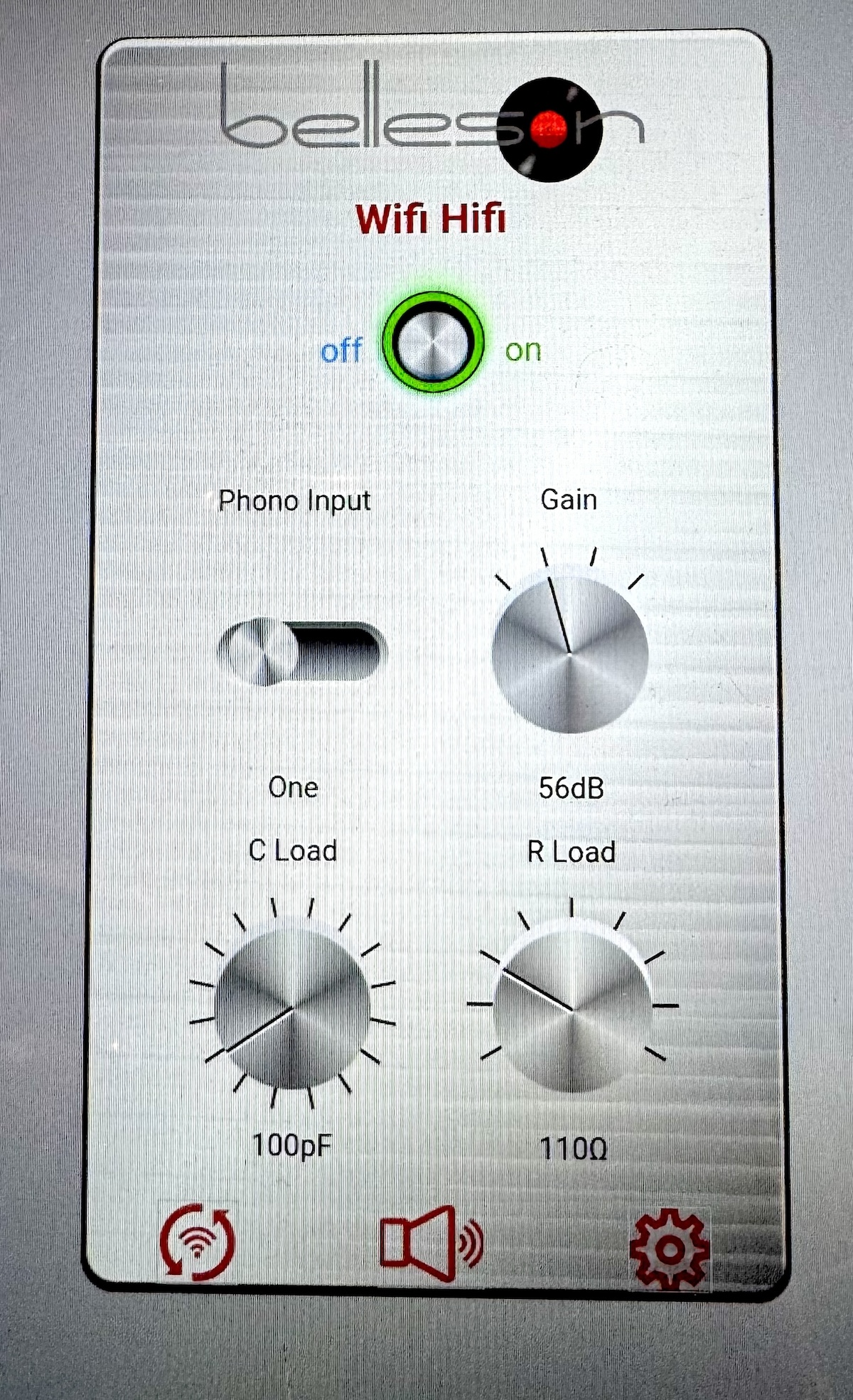
The touchpad and its adjustments
However, before getting to the Brilliance, here's something of interest from the Belleson website: "Belleson established a reputation as a world leader in voltage regulator performance, with product specifications better than those from leading firms like Analog Devices and Texas Instruments. Belleson Superpower voltage regulators are used by leading audio product manufacturers and DIYers around the world.
"Meanwhile we continued to design a better phonograph amplifier as a pastime. Ultimately we developed a circuit that, like our voltage regulators, exceeds the performance of established and revered brands. We put this circuit into a new product and made it available to you as our Brilliance and Radiance Phono Amps, combined with our Wifi Hifi™ browser based remote control."
A "Better" Phonograph Amplifier?
Brilliance is a two input MM/MC phono preamplifier featuring a true balanced differential input/output circuit for its XLR input and output jacks. Here's how designer Brian Lowe described it to me:
"XLR inputs have true balanced differential input and output. Outputs are two differential signals isolated from ground. Inputs are also isolated except of course the input load R's and C's are grounded at their other end. RCA inputs are actually fully balanced too, when the little blue ground button on the back panel is not depressed. When it is depressed, the RCA's "shield" connection is grounded.
"The intermediate circuitry is single ended because the input stage uses a unique transconductance/transimpedance that also converts from balanced to single ended. The output circuit has an additional stage to derive the opposing half of the differential signal. This is described better with a block diagram shown in the attached white paper, which also highlights our RIAA decoding compared to more "traditional" approaches.
"The balanced input is done using a new op amp that I custom designed over a 2 year period specifically for Brilliance. It is described in depth in a two part article in February and March issues of Audioxpress magazine.
"We also have a write-up on this web page [click the Tech Talk tab] with information that may be helpful."
Whether or not all of this "tech talk" interests you it should be obvious that this is a seriously well-considered design. I've chosen not to include here any of the white paper.
Bullet point features from the company's website:
The quietest noise floor you've never heard
Two stereo input pairs
WiFi HiFi™ browser based remote control
Balanced or single ended inputs and outputs
Fully differential inputs
Direct coupled for deepest, tightest bass
Eighteen custom discrete op amps
Ten Octal Opto™ optically isolated octal switches
Moving coil or moving magnet
Remote selection of input, gain, MC/MM,
resistive and capacitive loading, muteDouble Superpower™ regulated
Accelerated auto–null servo loop
These Are Features Worthy of Your Perusal:
Two independent inputs are available, and either can be set for MM or MC. Each input pair has its own load settings that are saved and updated when input selection changes.
There is a mute (via remote control), in case you need to take a call or converse with someone.
Brilliance uses 80 optically isolated analog switches (we named them Octal Opto) to control capacitive and resistive cartridge loading, gain and cartridge type (MC/MM) switching. High gain also can amplify switching noise to a point where it is annoying or even dangerous for amplifiers and speakers. Some of the Octal Optos disconnect the outputs whenever anything is switched, to mute any switching transients. You may hear a very faint “click”, nothing more.
Brilliance is direct coupled from input to output because a direct coupled signal path (with no coupling capacitors) delivers the deepest, tightest, most chest thumping bass reproduction. Direct coupling also amplifies any DC offset; Brilliance uses a servo correction loop to null DC offset and make direct coupling possible.
Servos, because they operate at very low frequency, have long stabilization times at power on. Belleson solved that by adding a unique hardware servo accelerator that keeps the start-up transient small and allows fast settling. You get the best of both worlds—bone-rattling bass with no turn-on thumps.
The Brilliance remote control (Wifi Hifi) is a browser based app, so it runs on any device with a web browser. A tablet is included and already connected, so you can open the box, plug it in and listen to your vinyl.
Wifi Hifi also can be connected into your local wifi network, so you can control Brilliance from your own tablet, from your phone or from your music server where your other music services are running.
Brilliance has two modes, stand-by and active. In stand-by mode, only the control system is functional and power consumption is very low. In active mode the audio circuitry is energized and music plays.
XLR inputs and outputs are available
In other words, the Belleson Brilliance is a serious attempt at a "state of the art" phono preamp—the direct-coupled from input to output servo controlled without coupling caps part of the circuitry most attracted my attention before first listen as did the balanced JFET input stage, up to 70dB gain, the low noise specs and the optically isolated switching facilities. If you're dead set against "op-amps", even when the phono preamp designer designed them, well that's not rational IMO.
The remote control convenience feature is neither a lure nor a gimmicky cover up for "internal mediocrity". Nor does the WiFi affect sound quality. The back panel features a main "on/off" switch, the WiFi antenna jack, balanced XLR outputs, next to which are the RCA jack outputs, two sets of RCA inputs and a balanced XLR input. At the push of a button the RCA inputs can be set for balanced or unbalanced input. In unbalanced the shield goes to ground.
That Belleson delivers all of this for $8500 is equally impressive. Yes, it's not "inexpensive" but if it delivers the sonic promise, in a world of $50K+ phono preamps, that's a story right there—especially since it's designed and built in U.S.A. in Greer, South Carolina. I spoke with the designer at Capitol Audio Festival 2023. The design had an update since then. This review is of the updated Brilliance.
Supple Sonics Above the Silence
What stood out above all else—and this was obvious on known and unknown recordings, was the Brilliance's suppleness, the roundness and textural generosity of acoustic instruments. The presentation one expects and gets from tube phono preamps, but here it's combined with no additives and greater delicacy and against a quieter backdrop—more like the circa $80,000 HSE Masterline 7 I reviewed for TAS and Jacob Heilbrunn reviewed here.
An outstanding and free collection of classical records recently came my way, one of which was Mozart Serenades (Everest SDBR 3042) with Newell Jenkins conducting the Everest Woodwind Octet. Perhaps our Michael Johnson has heard of the musicians playing oboes, clarinets, bassoons and horns, but I've not and clearly the group was put together for the recording session. So I looked them up. Oboe player Henry Schulman was a "ubiquitous figure in the concert life of New York and played with the Brooklyn Philharmonic". I didn't know there was such an orchestra.
The other oboist, Ronald Roseman was the New York Philharmonic's chief oboist in the late '70s. Stanley Walden on clarinet is still with us at 92, played with the New York Phil and it turns out wrote the music and lyrics for the naked sketch show "Oh! Calcutta!" written by British drama critic Kenneth Tynan. It featured extended scenes of naked men and women, which people obviously enjoyed because it was among the longest running shows on Broadway. French Horn player Earl Chapin played with The Gil Evans Orchestra (and so for Miles Davis), Quincy Jones and others.
Anyway, the player are all outstanding. Maybe it sounds like I'm stalling because I don't want to tell you how cardboard cut out the instruments sound on this recording through the Brilliance but in fact the sound is spectacularly natural. It's obviously a very good recording as many Everests are, probably engineered by Bert Whyte with whom some of the geezers reading this are well familiar and if this was a record review I'd give SDBR 3042 at least a 10 for sound maybe an 11. And on this recording I'd give the Brilliance the same number. Bravo! I demanded an encore and played it a second time.
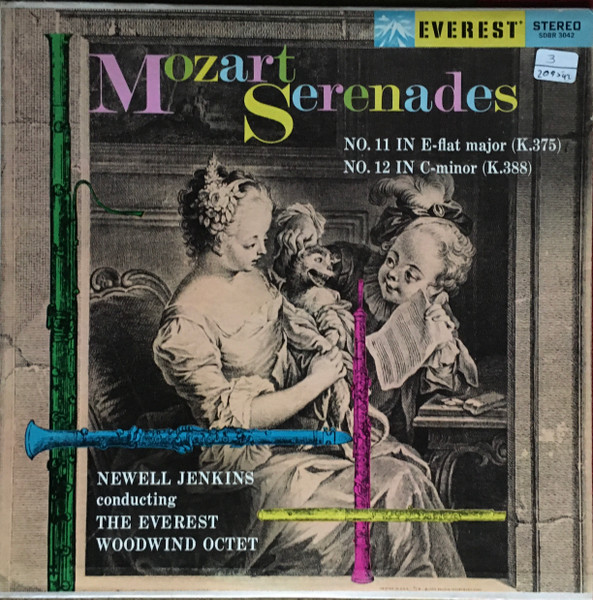
All of the instruments on this 1960 35MM tape recording were reproduced with a natural, airy ease and three dimensionality that's more commonly heard through the "top shelf" phono preamps like the HSE Masterline or the CH P10. I had the Wilson-Benesch Tessellate cartridge mounted on the W-B Graviton arm and Prime Meridian turntable, the cost of which is more than 20X that of the Brilliance and the combination was magnificent!
Does the Brilliance have the midrange verisimilitude of the best phono preamps? If not the best, it was so appealingly supple and life-like, it was right up there with those. And the imaging and staging were equally appealing, though I wasn't comparing to any other phono preamp.
Obviously something familiar had to be put on the turntable so up next was a test pressing of the Music Matters Kenny Burrell album Midnight Blue (MM33 BNST-84123). Again, ridiculously great, especially the resolution and purity of Bill English's not particularly prominently recorded cymbals—so cleanly presented against the black backdrop. Ray Barretto's congas produced real skin textures and Major Holley's double bass had the supple attack, generous sustain and sexy decay the horn Mozart recording hinted at, plus the bass had adequate weight and definition. A bit lighter in weight than through the $80K CH but this presentation had its own bass charms and Stanley Turrentine's tenor sax produced a sensuous wetness that produced visceral thrills. Oh and K.B.'s guitar didn't suffer from softness and his touch on the strings was well-communicated. He takes a solo on "Mule" on which the Brilliance gave up all the goods, plus Holley's dreamy bass call and response at the tune's conclusion put me in an unexpected stupor. "Soul Lament" made clear the Brilliance's microdynamic skills, while the side ending title tune delivered good funk.
Playing a very familiar record indicated the Brilliance's overall sonic personality, which leans slightly in the direction of warmth, but not softness. Supple, lithe and liquid would be fair words to use. I don't want to leave you with the wrong impression. When I played The Virtuoso Trumpet (Bach Guild BGS-5041) there was nothing soft of squishy about the sound of solo trumpeter Helmut Wobisch backed by a trio of trumpeters on the opener Jeremiah Clarke's "Trumpet Voluntary". Was brassy.
I didn't have to play Roxy Music's Avalon to know it would leave a drool on my lap, but what about large scale dynamics? When the Ravel Orchestral Works box arrived with the BSO and Ozawa, I decided to get "Bolero" out of the way. It's not quite as bad as hearing "Couldn't Stand the Weather" at a hi-fi show but it's similar: great music but I've heard it enough and don't really want to hear it again. Read Michael Johnson's outstanding coverage.
However, this Ozawa/BSO performance and recording as it gathered steam and hurtled to its conclusion had me yelling "wow" out loud to no one in particular because no one was in the room with me. What would the reaction be through the Brilliance? Well, it was very good but it did not have the iron fisted weight and clout produced by the $76,000 CH Precision P10. That said, the side ending "Rapsodie Espagnole" was deep, haunting, mysterious and 100% fulfilling—aided greatly by the background silence. There was sufficient weight and macrodynamic expression where required to effectively sell the piece. The very deep bass note at the conclusion took me and my woofers by surprise!
Can the Brilliance do the rock? How about the German pressed T.M.L. mastered Sticky Fingers? Plenty of grit to Keith's brash guitar intro to "Can't You Hear Me Knocking", and smack to Charlie's snare and cymbal hits on the same tune's surprise jam. I assume it's Ian Stewart's piano on there, clearly presented yet on Wikipedia a piano isn't listed! Bill Preston's organ fill flows nicely and Bobby Keys' funky sax solo has the right edge. Wyman's bass has nice flow, though not quite fully extended, but almost so for about 1/10th the P10's cost!
To double check bass I played some of the Erato box set L'encyclopedie De L'Orgue Francais—compositions of Jehan Alain played by Marie-Claire Alain (Jehan's sister). The Basilica Saint Christophe's organ is an enormous instrument and when it gets going makes a gigantic, joyful clatter and rumble. Great playback produces the enormity of the space and the power of the organ.

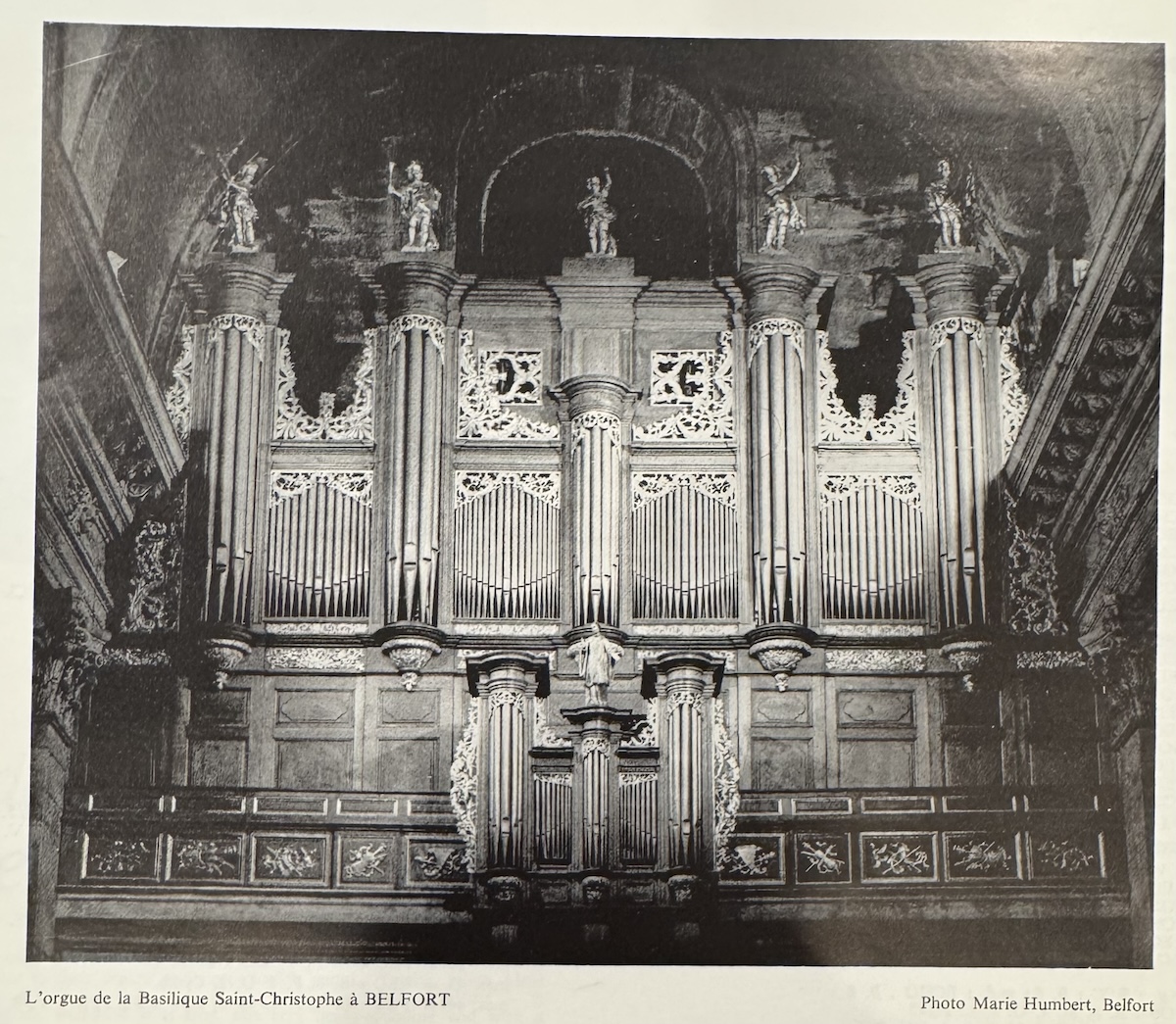
The Brilliance didn't stint on the space, producing a well-focused image of the central pipes, ample sustain and decay as well as delivering the enormity of the space and its incredible reverberant field. The organ the composer wanted for these works only existed in his young mind (he died in WW II at age 29) but his sister decided this one, with its rapid fire tracker action would do. It does!
Sticky Fingers
There were a few glitches along the way to this phono preamp's sonic and ergonomic excellence. I had trouble changing settings using the remote touchpad and since that's the only place to make adjustments, it was somewhat frustrating until Mr. Lowe explained exactly how to make it work, which is or wasn't at the time in the instruction manual, but maybe now it is. Turns out there's a technique to it that he explained to me in an email. From that point forward it worked well and as time passed the convenience of it became more attractive. Between the Brilliance touch pad control and the remote for the Wilson-Benesch Prime Meridian turntable that lets you lift and lower the arm as well as adjust VTA/SRA ....I was spoiled. Okay, I was spoiled before that.
One other glitch: supposedly, when you make changes, an instant mute prevents "pops" but when switching between the two inputs there's a loud one every time. Another thing: the instructions should remind listeners to lower the volume when increasing gain. It can get loud! Not Belleson's fault, but a warning would be nice!
Conclusive Conclusion
Belleson's Brilliance Phono Preamp plays well above its $8500 price point. It offers sonic luxury well within the means of many audiophiles who can't go beyond the $10,000 level never mind the $50K and above plateau—not that price is necessarily the leading indicator of either sonic or ergonomic performance as this piece proves.
Texturally supple, timbrally accurate, micro and macrodynamically adept, and spatially generous in every way, though it leans towards "soft", it's only slightly so, and that character, I found, works well for every musical genre. I ran it using the Lyra Atlas Lambda SL and the Wilson-Benesch Tessellate Ti cartridges, both of which cost more than the Brilliance. Neither cartridge's performance was wasted driving the Brilliance.
Beyond all of the audiophile check marks, what most impressed was the Brilliance's musical communication. I heard anew, the Burrell Midnight Blue album (among many others). I came away thinking I better understood what Kenny Burrell was trying to get across emotionally on the record and that alone makes the Brilliance worth it is weight if not in gold for its $8500 price tag.
Specifications
Frequency Response | High accuracy RIAA in two active stages, see graph below |
RIAA Response | ±0.2 dB from 20Hz to 20kHz |
Distortion (THD) | 0.005% THD @ 5mV |
Maximum Output | 27Vpk-pk |
Input Impedance (software selectable) | 0pF to 750pF in 50pF steps on any input pair |
Input Impedance (software selectable) | 20Ω, 65Ω, 110Ω, 260Ω, 350Ω, 400Ω, 47KΩ on any input pair |
Unweighted Noise (Equivalent input noise) | 200nV rms, -88dB ref. 5mV, -132 dBu |
Unweighted Input Noise Density | 2.6nV/√Hz @ 20Hz, 1.4nV/√Hz @ 1kHz |
Dynamic Range | >100dB at <1% THD |
Signal to Noise Ratio (MC) | >87 dB (IHF A-weighted), >67 dB (unweighted) |





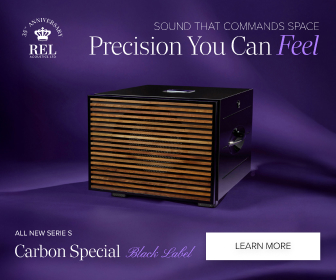

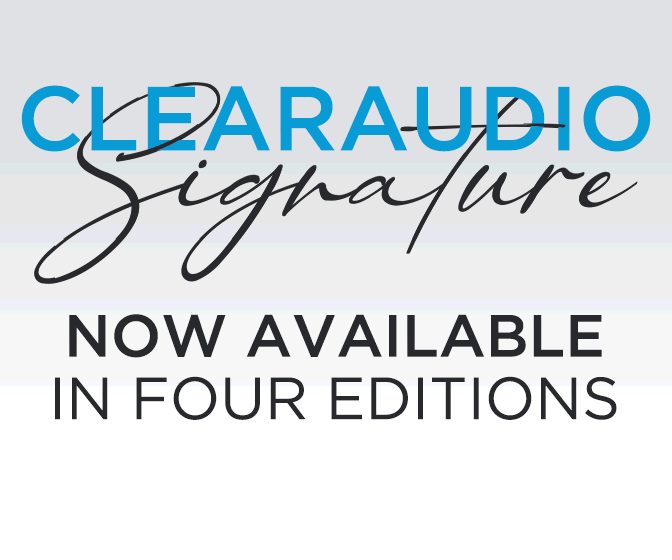
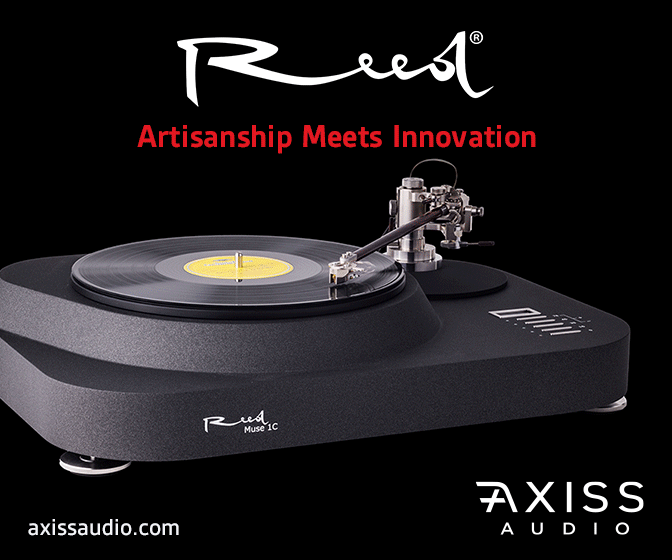

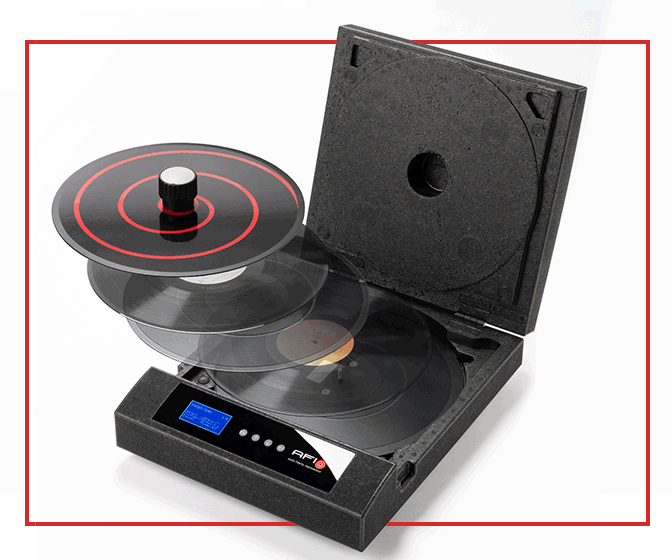

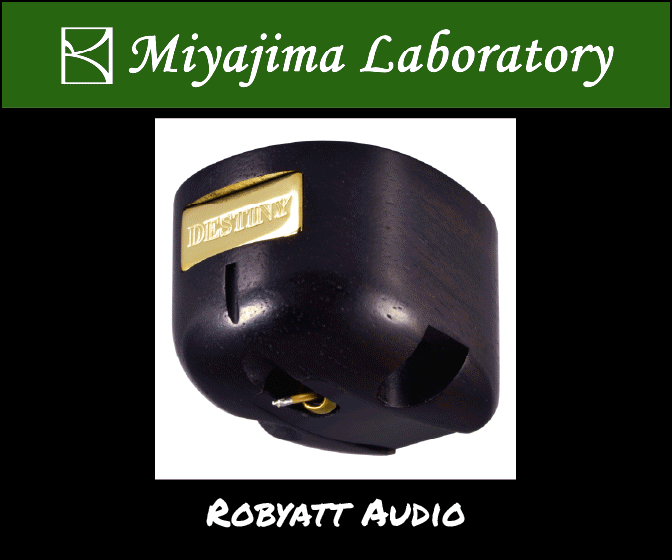
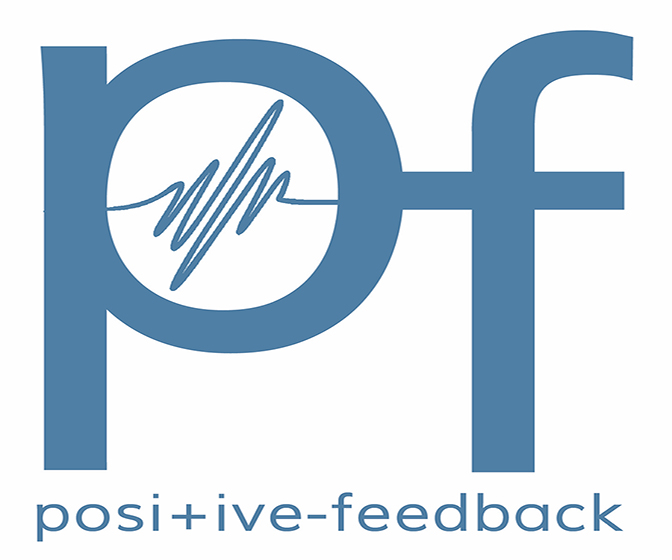




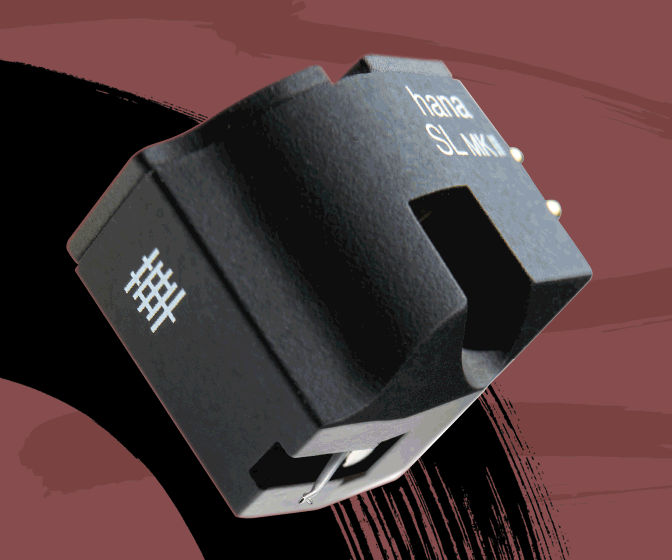

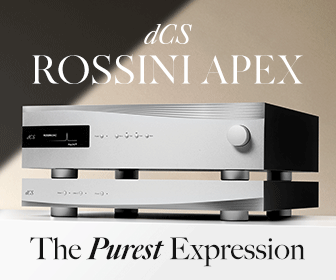
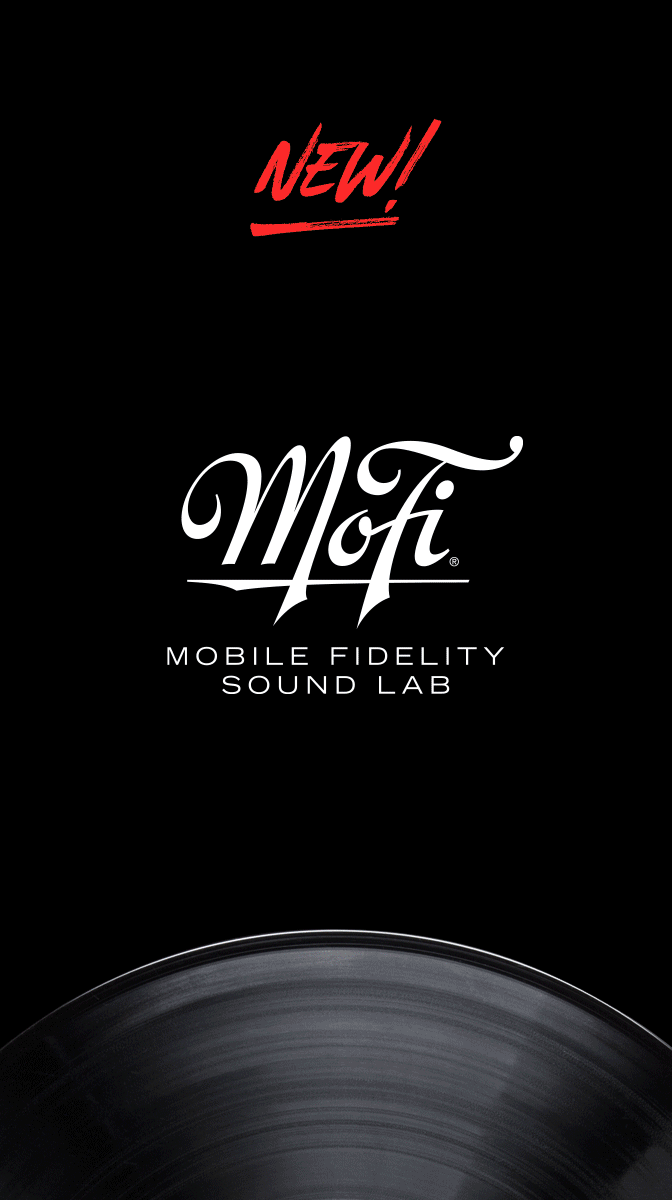

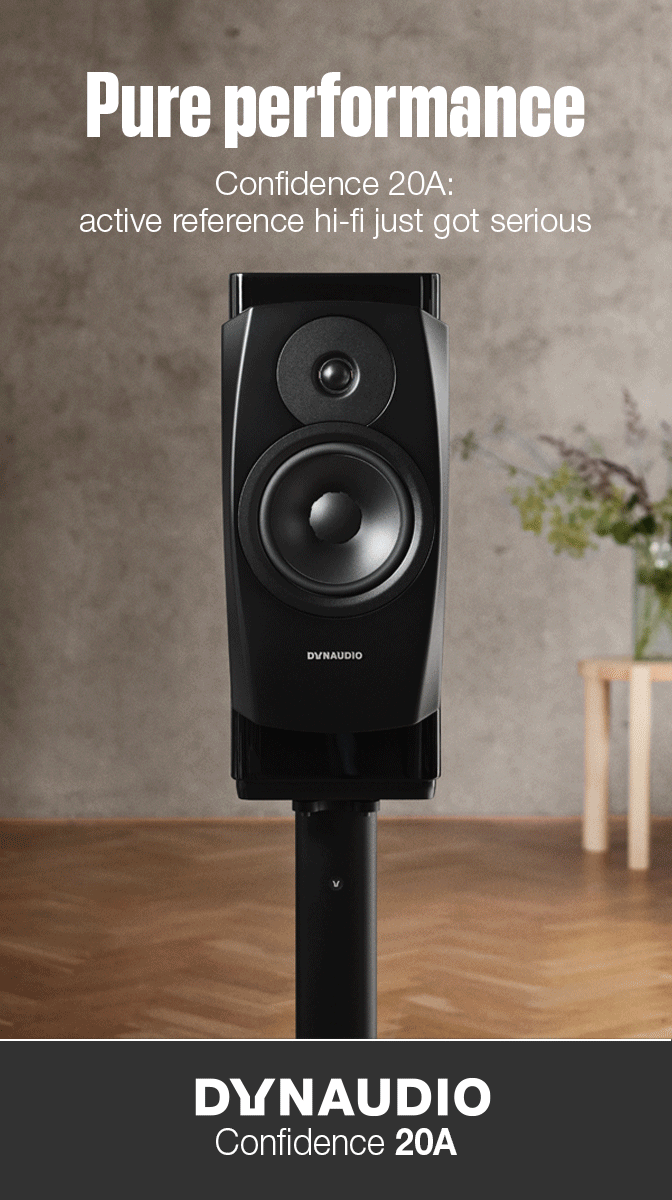

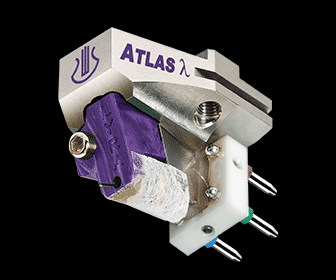

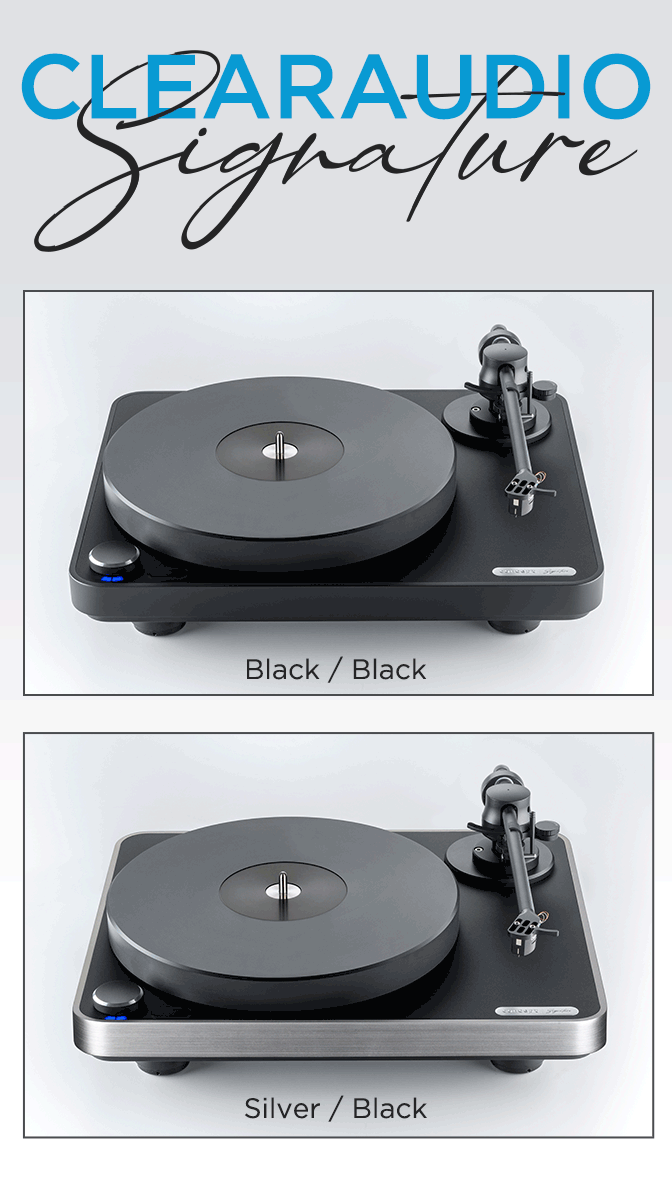


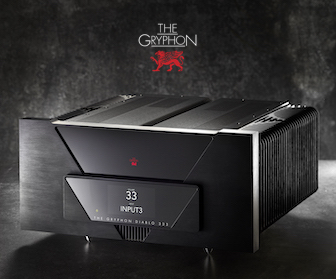
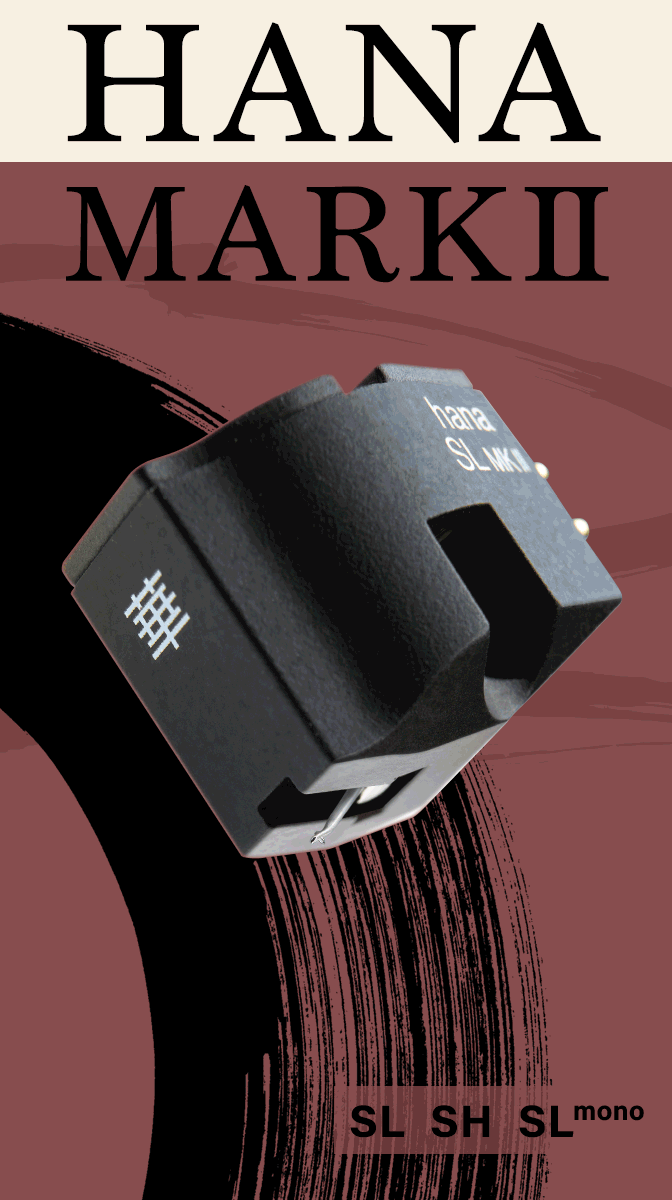


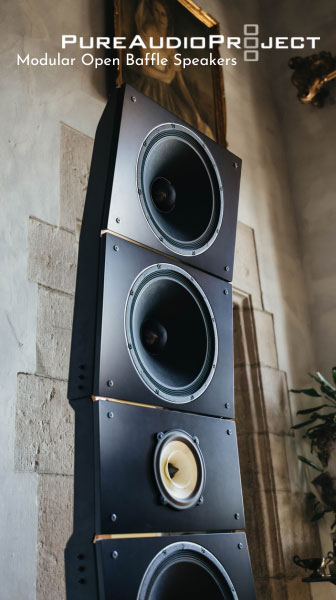
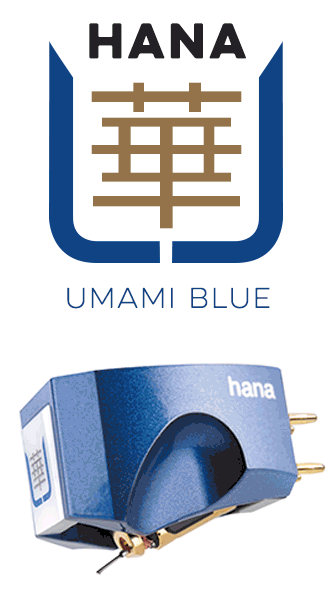





.png)








